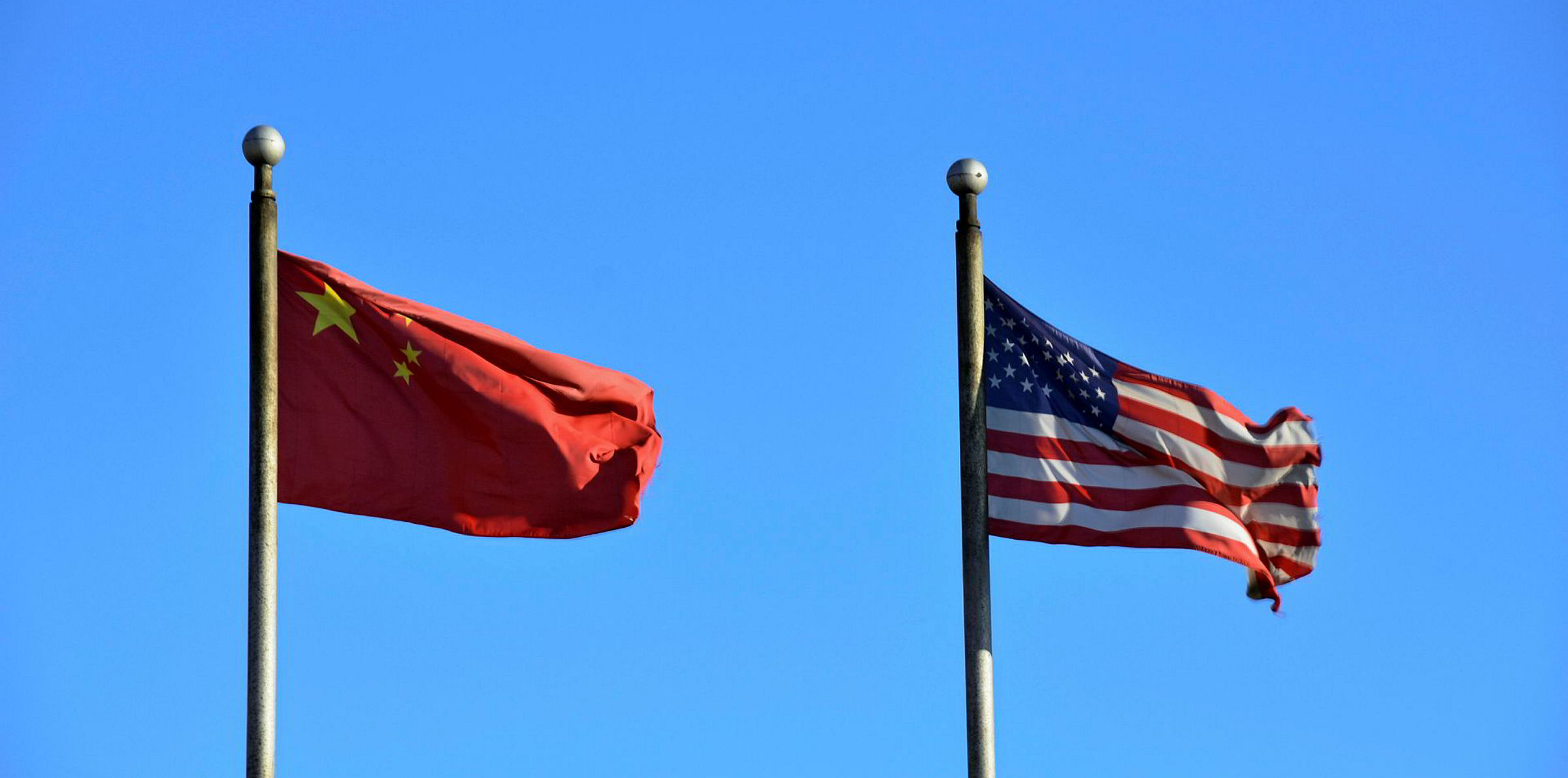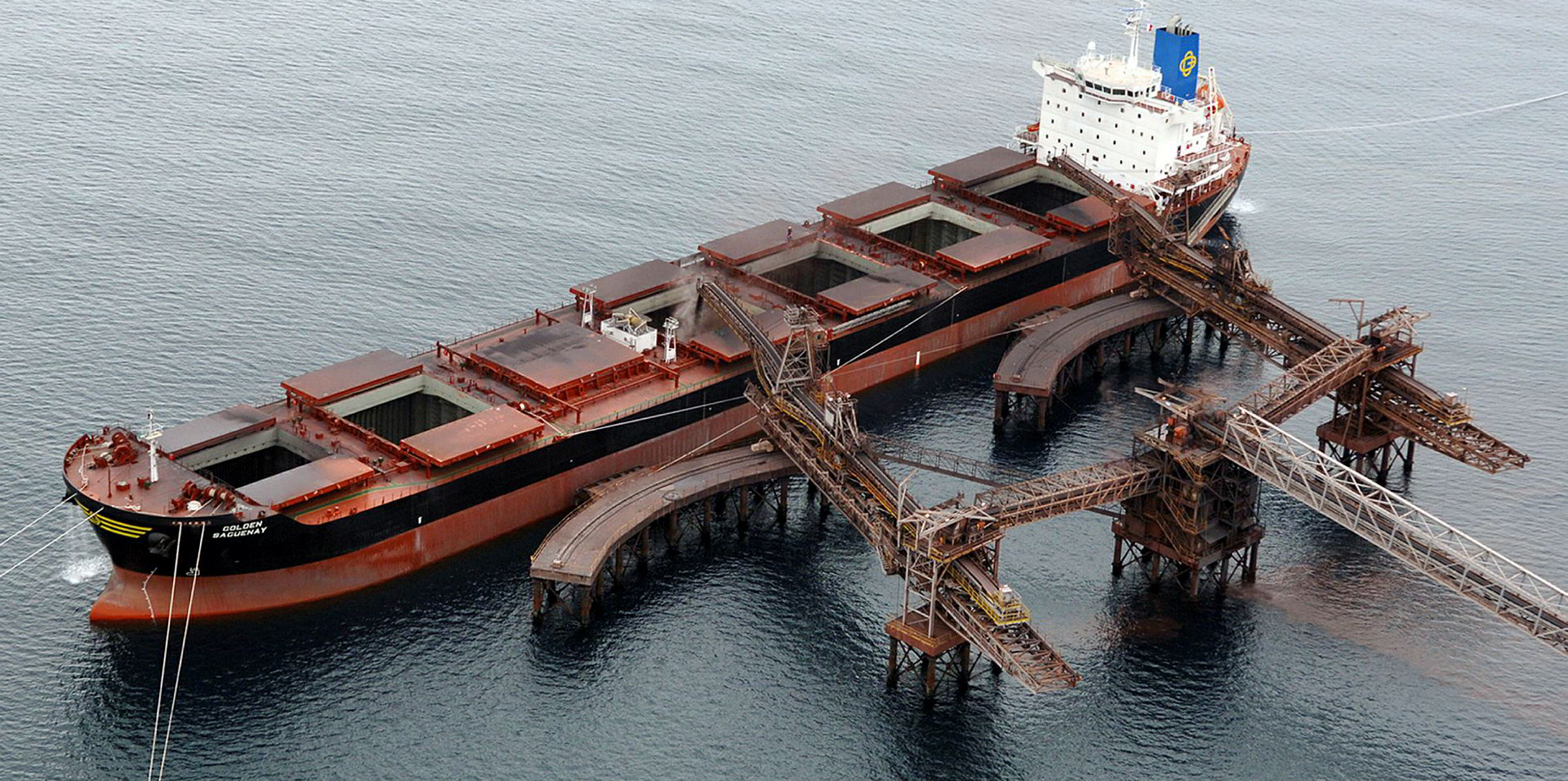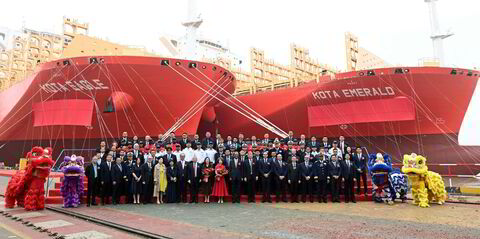China’s tariff on US crude imports has prompted speculation over potential VLCC diversions even as its impact on overall tanker demand is expected to be muted.
In the latest escalation of the trade war between the world’s two largest economies, Beijing has announced that a 5% import duty will be imposed on US crude from 1 September.
Market participants expect the move to disrupt the US-China crude trade, which was showing signs of recovery in recent months.
According to Kpler data, five VLCCs are currently carrying US crude to China with estimated dates of arrival in September and October.
Of them, the 298,800 dwt Aquitaine (built 2017) is due to arrive in Tianjin on 12 September, the 314,000-dwt New Caesar (built 2016) due in Tianjin on 1 October, the 320,600-dwt Kirkuk (built 2019) in Maoming on 7 October, the 307,400-dwt New Melody (built 2019) in Tianjin on 10 October, and the 298,600-dwt Ardeche (built 2017) in Tianjin on 12 October.
TradeWinds has emailed shipowners Euronav, China Merchants Energy Shipping and Al Iraqia Shipping Services and Oil Trading for confirmation. Brokers suggest some of the ships are carrying Unipec’s cargoes but this cannot be immediately verified.
In addition, fixture information shows another 10 VLCCs are due to load crude from the US in late August and September before sailing to China.
“We could potentially see some diversions in the following months amid the extra 5% import tariff to China and the already thin margins,” Kpler’s oil analyst Emmanuel Belostrino told TradeWinds. “There's also a possibility that Chinese importers could apply for waivers.”
“US crude already has a diverse set of buyers, so looking for other export destinations should not be much of a problem.”
US-China crude trade
China, the world’s largest seaborne crude importer by far, had kept crude out of its long tariff list on US products in what some observers saw as a friendly gesture to Washington.
Still, Chinese imports of US crude were small between August 2018 and April 2019 before recovering since May.
ClipperData shows Chinese imports are expected to reach 280,000 barrels per day (bpd) in August, the highest since last September but still lower than 320,000 bpd in the first half of 2018.
With the latest round in the two nation's tariff war triggering a sell-off in US West Texas Intermediate (WTI) crude futures, analysts expect US barrels will not have trouble finding buyers in other Asian countries with their competitive pricing. This points to little loss in tonne-mile demand.
“With a discounted WTI falling…there will be buyers for US crude,” BRS tanker analyst Felipe Loachamin said.
ClipperData’s commodity research director Matt Smith said: “They'll find another home in Asia—US barrels are increasingly making their way to the likes of South Korea, India and Taiwan.”
If not opting to pay the tariff, Chinese importers will likely seek light, sweet crude from Libya and West Africa as replacement barrels for US cargoes, according to Smith.
This could shift some tonnage demand from the US Gulf to other parts of the Atlantic basin, though on a net basis its impact on freight markets remains uncertain.
“If Chinese charterers stop buying from the US Gulf, they will find alternatives and maybe the new routes will get active,” said an Asian broker.
“Though I feel [it’s] a bit early to say at the moment.”






